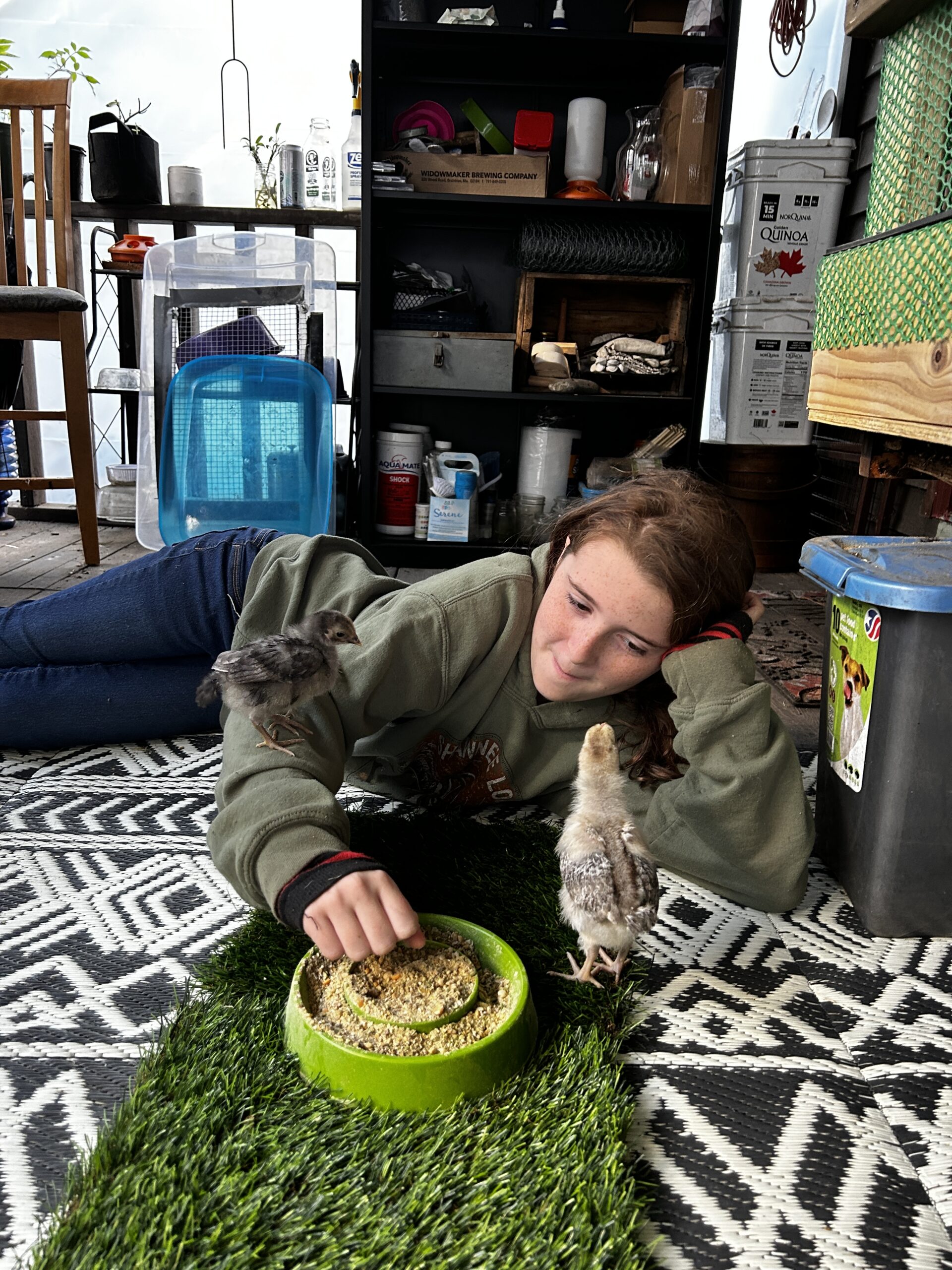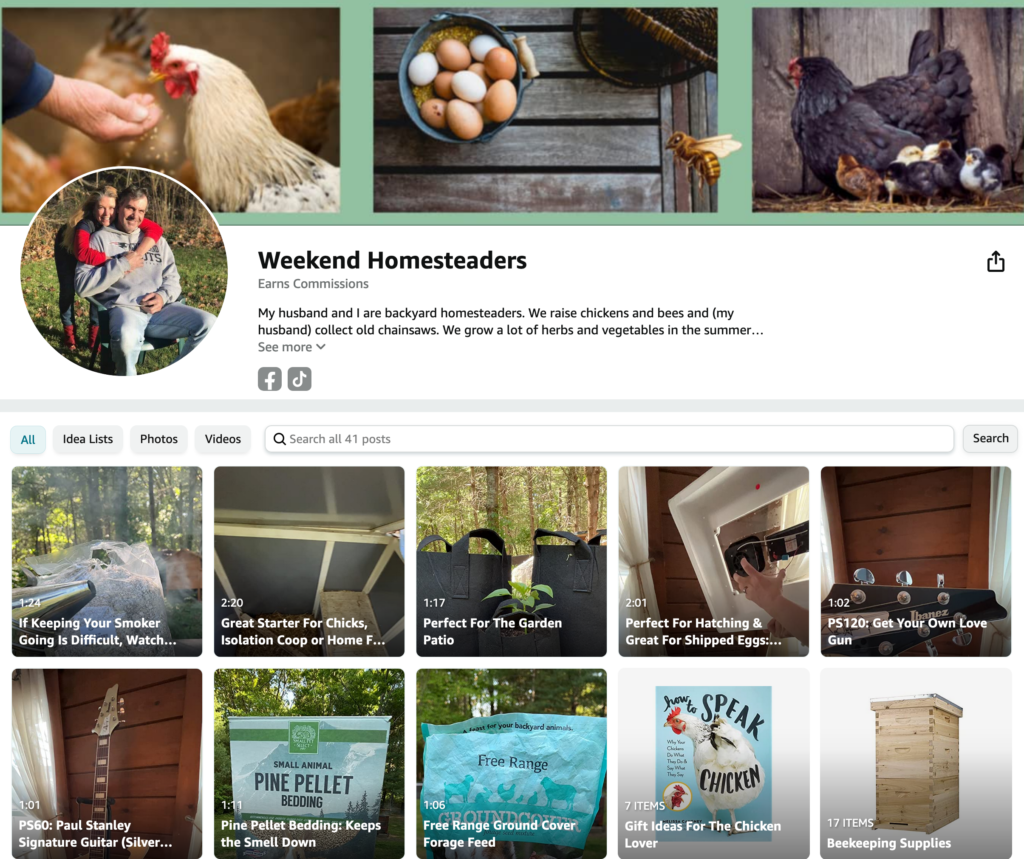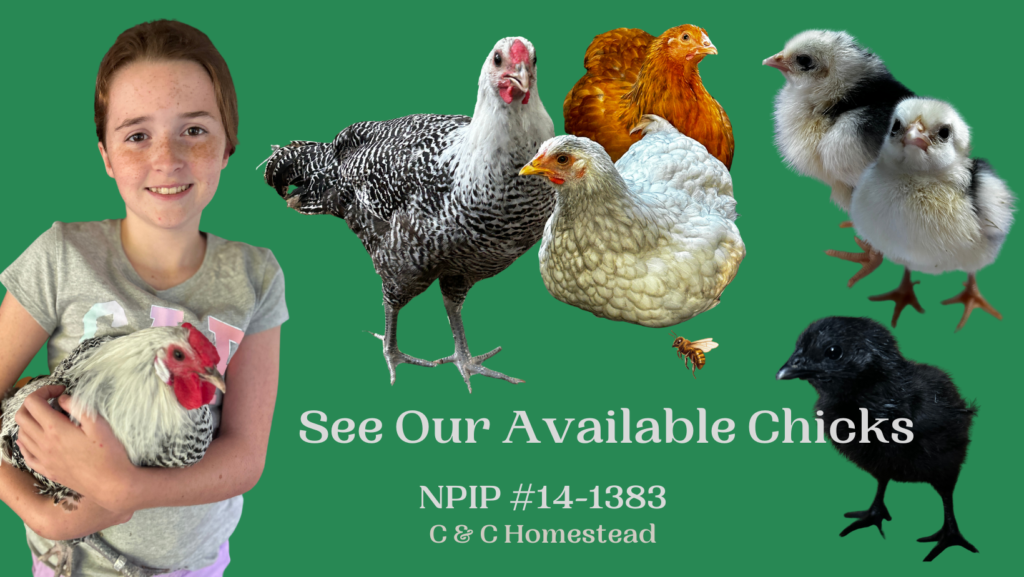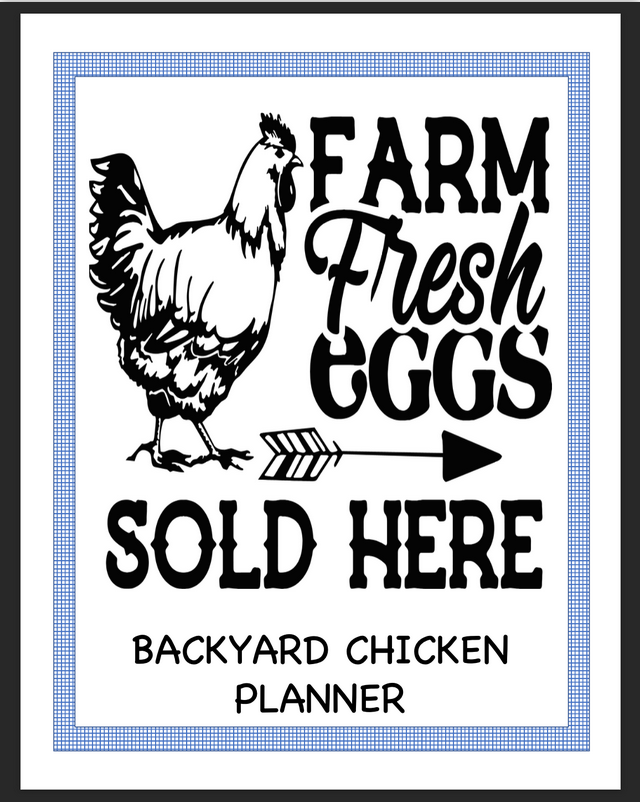Balancing Corporate & Homesteading Lifestyles
Understanding Chicken Abuse and How to Help

Chickens are among the most abused animals in the world, particularly within the industrial farming system. Their mistreatment spans from hatcheries to slaughterhouses, often involving cruel practices that prioritize efficiency and profit over animal welfare. Here’s an in-depth look at the various forms of chicken abuse and practical steps individuals can take to help improve their lives.
Broiler chickens, bred to grow rapidly, often suffer from severe health problems like heart disease, lameness, and the inability to support their own weight, with 9 billion broilers slaughtered annually in the U.S. Layer hens, bred to produce over 300 eggs annually, frequently endure osteoporosis and reproductive diseases due to intensive farming practices, contributing to the production of over 100 billion eggs each year. The average person in the U.S. consumes about 280 eggs annually, highlighting the widespread impact of these practices.
Hatcheries
Mass Production: Chicks in hatcheries are hatched in large, industrial incubators designed to produce thousands of birds at a time. These facilities prioritize efficiency, often at the expense of animal welfare. Once hatched, chicks are treated as commodities, handled roughly as they are sorted, vaccinated, and prepared for transport to farms. This process can be stressful and harmful, as the sheer scale and speed of operations leave little room for gentle handling.
Male Chicks in the Egg Industry: In the egg production industry, male chicks are considered economically unviable since they do not lay eggs and are not bred to grow quickly enough for meat production. As a result, male chicks are often culled shortly after hatching. Common methods of culling include maceration (grinding alive) or suffocation, practices that are widely criticized for their cruelty. Efforts are underway in some regions to develop more humane alternatives, such as in-ovo sexing technology, which can determine the sex of the chick before it hatches, allowing male eggs to be used differently.



Factory Farming
Overcrowding
In factory farms, chickens are typically packed into extremely tight spaces, with thousands of birds housed together in large sheds. Each bird often has less space than a sheet of paper to move around. This intense overcrowding leads to several serious issues:
High Stress: The constant proximity to so many other birds causes chronic stress, which weakens their immune systems and makes them more susceptible to illness.
Aggression: Due to the lack of space, chickens are unable to establish natural pecking orders. This unnatural environment leads to increased aggression and pecking among birds, sometimes resulting in injuries or death.
Spread of Disease: The close quarters make it easy for diseases to spread rapidly through the flock. Respiratory issues, bacterial infections, and parasites are common problems, often exacerbated by poor ventilation and high ammonia levels from accumulated waste.
Battery Cages
Egg-laying hens in factory farms are frequently confined to battery cages, small wire enclosures that severely restrict their movement. The conditions in battery cages are particularly harsh:
Space Restrictions: Each cage typically houses multiple hens, giving each bird less space than a standard piece of paper. The hens cannot spread their wings, turn around comfortably, or engage in most natural behaviors.
Physical Suffering: The wire flooring can cause foot injuries and deformities. Constant friction against the cage can lead to feather loss and skin abrasions. The lack of movement and exercise often results in weakened bones and osteoporosis.
Mental Distress: The inability to perform natural behaviors causes severe mental stress and frustration, leading to abnormal behaviors like feather pecking and cannibalism.
Lack of Enrichment
In these barren environments, chickens are deprived of opportunities to engage in behaviors that are essential for their well-being:
Foraging: In natural settings, chickens spend a significant amount of time foraging for food. Factory farm conditions rarely provide materials like straw or soil for scratching and pecking, which are vital for their mental stimulation and natural behavior.
Perching: Chickens have a natural instinct to perch, especially at night. In factory farms, they are often denied perches, forcing them to sleep on the hard, often filthy floors. This deprivation can cause stress and discomfort.
Dust Bathing: Dust bathing is a critical behavior for chickens, helping them maintain feather health and hygiene by removing parasites. The absence of dust baths in factory farms leads to poor feather condition and increased parasite load, causing significant distress and health issues.
Physical Mutilations
Debeaking: To prevent pecking injuries in overcrowded conditions, chicks often undergo a procedure known as debeaking or beak trimming, where the tips of their beaks are cut off using a hot blade, infrared beam, or electric current. This process is typically performed without anesthesia and can cause both acute pain at the time of the procedure and chronic pain as the beak heals improperly. The beak is a highly sensitive organ used for eating, exploring, and social interactions, and its mutilation can lead to long-term suffering, difficulty eating, and behavioral issues such as reduced pecking and preening activities.
Toe Clipping and De-Spurring: Toe clipping and de-spurring are other common mutilations aimed at reducing injuries in the densely packed environments of factory farms. Toe clipping involves cutting off part of the chicks' toes to prevent scratching injuries, while de-spurring removes the spurs from roosters to reduce harm during aggressive encounters. Both procedures are usually done without pain relief, causing immediate and lasting discomfort. These mutilations impair the birds' natural behaviors, such as scratching the ground for food or defending themselves, and can lead to infections and long-term mobility issues.
Wing Clipping: In some cases, chickens may have their wings clipped to prevent them from flying. While less invasive than other procedures, wing clipping still limits their natural behavior and ability to escape from perceived threats, contributing to their overall stress and frustration.
Caponization: Caponization is a procedure where young roosters are castrated to improve meat quality. This invasive surgery is often performed without anesthesia, leading to significant pain and risk of infection. The procedure can also alter the birds' behavior and growth patterns, causing further distress.



Rapid Growth and Health Issues
Broiler Chickens
Chickens raised for meat, known as broilers, are bred to grow at an extraordinarily rapid rate. This accelerated growth is intended to maximize meat production in the shortest possible time, usually within 5 to 7 weeks. However, this unnatural growth rate comes with severe health and welfare problems:
Heart Disease
- Ascites: Rapid growth leads to high metabolic rates and oxygen demands, which can cause ascites, a condition where fluid accumulates in the abdomen due to heart failure.
- Sudden Death Syndrome: This syndrome is common in broilers and is often caused by cardiac arrhythmias, where the heart fails to pump blood effectively, leading to sudden death.
Lameness and Joint Pain
- Skeletal Abnormalities: The rapid muscle growth outpaces the development of the skeletal system, leading to deformities like twisted legs, splayed legs, and other bone malformations.
- Joint Pain: The excessive weight places a tremendous strain on the legs and joints, causing chronic pain and mobility issues. Many broilers struggle to walk, leading to further health complications due to lack of movement.
Inability to Support Their Own Weight
- Immobility: Due to the disproportionate growth, many broilers become immobilized, spending much of their time sitting on the litter. This immobility can cause pressure sores, skin burns from the ammonia in their waste, and other painful conditions.
- Reduced Quality of Life: The inability to move freely prevents broilers from engaging in natural behaviors such as foraging, dust bathing, and social interaction, leading to a poor quality of life.
Layer Hens
Hens used for egg production, known as layer hens, face a different set of welfare issues stemming from being pushed to lay an unnatural number of eggs. Commercial layers are bred and managed to maximize egg production, often at the cost of their health and well-being:
How They Are Made to Produce So Many Eggs
- Selective Breeding: Layer hens are selectively bred for high productivity, resulting in birds that can lay over 300 eggs per year compared to their wild counterparts, which lay around 10-15 eggs annually.
- Lighting Manipulation: Farmers often manipulate the lighting in hen houses to simulate longer days, tricking the hens' biological clocks into laying more eggs. Extended periods of artificial light can lead to exhaustion and stress.
- Controlled Diets: Hens are fed specially formulated diets designed to maximize egg production. These diets are rich in calcium and other nutrients to support continuous laying, but they can also lead to metabolic imbalances and health issues.
- Forced Molting: Some producers use forced molting, a practice where hens are subjected to a period of starvation or reduced lighting to induce molting. This resets their reproductive systems and extends their laying period but causes significant stress and health risks.
Osteoporosis
- Calcium Depletion: The high demand for calcium to produce eggshells leads to the depletion of calcium from the hen’s bones, causing osteoporosis. This condition makes their bones brittle and prone to fractures.
- Bone Breakage: The fragility of their bones can result in frequent fractures, often occurring during handling, transport, or even normal activities like perching or moving around.
Reproductive Diseases
- Egg Binding: This condition occurs when a hen is unable to pass an egg, which can be life-threatening if not treated promptly. It is more common in hens that are overexerted from high egg production.
- Prolapse: The strain of frequent egg-laying can cause a prolapse of the oviduct, where the internal reproductive organs protrude outside the body. This is a painful and often fatal condition if not managed immediately.
- Infections: High egg production can lead to a higher incidence of infections like peritonitis, where egg material leaks into the abdominal cavity, causing severe inflammation and infection.
Behavioral Deprivation
- Confinement: Many layer hens are kept in battery cages or other restrictive environments that prevent natural behaviors such as dust bathing, nesting, and foraging.
- Stress and Frustration: The inability to perform these behaviors leads to chronic stress, feather pecking, and other signs of frustration and poor welfare.



Transport and Slaughter
Transport Stress
Chickens destined for slaughter often endure long, grueling transport conditions that significantly compromise their welfare. These journeys can last several hours to days, during which the birds are crammed into crates and loaded onto trucks without adequate space, ventilation, or protection from the elements. During transport, chickens are typically deprived of food and water, exacerbating their stress and leading to dehydration and exhaustion. The overcrowded conditions can cause injuries and suffocation, while exposure to extreme temperatures—whether scorching heat or freezing cold—further endangers their health and well-being. Mortality rates during transport are disturbingly high, reflecting the harsh and often inhumane conditions these animals face.
Inhumane Slaughter Practices
Once at the slaughterhouse, chickens are subjected to practices that can cause immense fear and pain, particularly when stunning methods are not properly executed. The most common stunning method involves electrically shocking the birds in a water bath before their throats are cut. However, if the stunning is ineffective or improperly administered, chickens may remain conscious during the subsequent steps. Being fully aware while their throats are slit or while they are scalded in hot water for feather removal causes extreme suffering. The failure to ensure humane stunning and slaughter practices highlights significant welfare issues within the poultry industry, as millions of chickens experience prolonged and unnecessary pain at the end of their lives.
How People Can Help
Support Humane Farming Practices
- Certified Humane and Free-Range: Choose products from farms that adhere to humane certification standards, ensuring better living conditions for chickens.
- Local and Small-Scale Farms: Buy from local farmers who practice humane farming and provide chickens with outdoor access and enriched environments.
Advocate for Better Legislation
- Animal Welfare Laws: Support laws and regulations that ban battery cages, enforce humane slaughter practices, and reduce overcrowding.
- Petitions and Campaigns: Participate in or support campaigns and petitions that call for better treatment of chickens.
Educate and Raise Awareness
- Public Awareness Campaigns: Engage in or support campaigns that highlight the plight of chickens in industrial farming.
- Community Outreach: Educate your community about humane farming practices and the benefits of supporting ethical producers.
Adopt, Don’t Shop
- Rescue Organizations: Consider adopting chickens from rescue organizations that save birds from factory farms and abusive situations.
- Sanctuaries: Support or volunteer at farm animal sanctuaries that provide safe havens for abused and neglected chickens.
Promote Sustainable Practices
- Backyard Chickens: If feasible, raise your own backyard chickens in a humane and sustainable manner. Ensure they have space, enrichment, and proper care.
- Organic Farming: Support organic farms that often follow higher welfare standards and avoid harmful chemicals and practices.
By taking these actions, individuals can significantly impact the chickens' welfare. Every step towards more humane treatment and reduced consumption helps in the fight against the widespread abuse of these animals.
Why backyard eggs are often more expensive than store-bought (but not always)?




